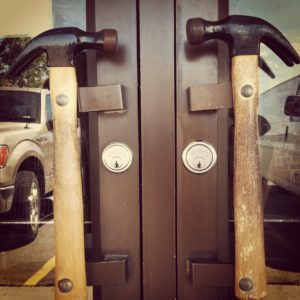 Have you ever read work by an author that moves you? It was a chapter in a book edited by Darian Rodriguez Heyman that first opened my eyes and mind to Paul Hawken.
Have you ever read work by an author that moves you? It was a chapter in a book edited by Darian Rodriguez Heyman that first opened my eyes and mind to Paul Hawken.
His words jumped off the page, and I breezed through the chapter. I needed to learn more, so I looked him up online and found that he is a seasoned writer with a variety of books covering the sweet spot where ecology meets economy.
It’s been over ten years that I have felt a calling to bridge the gap between the environmental and economic world. Hawken has been doing it for much longer. What an inspiration. Through his books, I found a teacher. He introduced the term restorative economy to me for the first time in Ecology of Commerce, a strong indicator that an economic shift is inevitable.
“Industrialism is over, in fact; the question remains how we organize the economy that follows. Either it falls in on us and crushes civilization, or we reconstruct it and unleash the imagination of a more sustainable future into our daily acts of commerce.” Pg 185
For me, I will choose the latter of the two. Although reconstructing the economy will be a lot of hard work, do we really have a choice? I believe that it’s impossible to continue consuming at the current rate without further exploiting people, and the planet. And in all fairness, it’s about time we take a good hard look at our consumption patterns to see how they are affecting others.
To achieve Sustainable Development Goal 8 – Promote sustained, inclusive and sustainable economic growth, full and productive employment and decent work for all, using a restorative economy framework will go a long way.
If we would like to achieve this goal without compromising the progress made in other areas of the SDGs, we must study the current economic model to see where it no longer serves humanity.
Hawken makes a powerful statement that supports this thought:
“A restorative economy tries to create a market in which every transaction feeds the integrity of the commons, as opposed to what we know today, when consumption causes degradation and harm.” Pg 100
Although a restorative economy is not something that you will hear about every day, I believe it’s something you will be hearing more about as time goes on. If we want to work on solutions, we need to do things differently. Status quo won’t cut it this late in the game.
“The diversity of the economy’s small-business sector must be encouraged, not by government loans but through the revitalizations and revisioning of incentives that liberate the imagination, courage, and commitment that reside within individuals who truly want to make a difference – “ecopreneurs” dedicated to restoring the world around them for the world that comes after them” pg 182
When I read target 8.3 of Goal 8, I see where this all fits. With so much talk about who will foot the bill for the SDGs, it’s time we consider investing in a restorative economy. If we can work together to develop policy that nurtures the Earth – and the 7 billion plus that inhabit it – we are well on our way to making these goals a reality.
I’d love to hear what you think about this topic & learn about initiatives in your community. Please feel free to comment below or on Twitter.



